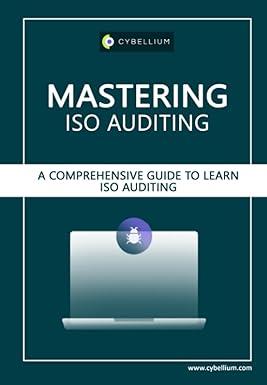


Foreign Direct Investment in Europe Europe's attractiveness for foreign direct investment (FDI) has shown signs of recovery following the COVID-19 pandemic with a 5% increase in the number of projects announced in 2021 compared to 2020 , according to the latest annual EY European Attractiveness Survey. At the same time, the new geopolitical and economic environment, mainly created by the war in Ukraine, means that the immediate attractiveness of Europe for investment may be challenged, However, the Iong-term attractiveness of Europe remains robust with 64% of investor respondents believing Europe's attractiveness will improve during the next three years. The EY European Attractiveness Survey is based on qualitative research - conducted between February 2022 and April 2022, with 501 international investors across a range of industries, business types and locations - and quantitative analysis of FDI projects announced in 44 European countries in 2021. The survey finds that, a post-pandemic rebound and "Macron reforms" caused investment in France to excel 24%, to 1,222 projects in 2021. Investment in the UK remained steady, increasing 2% to 993 projects; London remains the most attractive city for FDI with 34% of executive respondents ranking it as a top-three city for investment. In contrast, the number of projects in Germany fell 10% to 841 . However, it also attracted large, industrial projects, especially in the automotive and electronics sectors. In terms of job creation, the story differs, with the average FDI project creating 68 jobs in the UK, 45 in Germany and only 38 in France. Manufacturing, logistics and R\&D projects rebounded 22% in 2021 partly due to supply chain reorganizations, which are set to continue. Fifty-three per cent of respondents are considering 'nearshoring' - bringing operations closer to customers (more than double compared with last year). Forty-three per cent of respondents are considering "re-shoring" - bringing activity back to their domestic market - compared with 20% in 2021. This industrial rebound is a partial reason for the high performance of many Southern European countries. Western Europe suffered compared to the rest of Europe, owing to its reliance on services investment, the need for which has declined owing to an increase in hybrid and remote working. For instance, businesses announced 25% fewer sales and marketing offices in 2021. Julie Teigland, EY EMEIA Area Managing Partner, says: "European businesses are facing increasing levels of complexity. The data from 2021 shows that the recovery from the COVID-19 pandemic is slower than expected. Recent new trends - such as the growth of hybrid/remote working - means that different sectors and countries have different recovery experiences. Businesses that have people and operations in Ukraine and Russia are facing monumental challenges. In addition, the knock-on effects of the war are significant for businesses with a presence in Europe ranging from the escalating costs of energy and commodities to sanctions and social tensions. However, despite all these factors, it's heartening to see that investors can look beyond the immediate challenges and see Europe as an appealing investment destination in the Iong-term." Investors remain optimistic about Europe's attractiveness despite the war in Ukraine. If supply chains are disrupted to the point that businesses begin to either re-shore or nearshore operations back to Europe, then manufacturing investment in Europe may increase. The most likely outcome is that sanctions and supply chain disruption will persist and there will be impacts on commodity price inflation, geopolitical tension and, heightened risks of cyber-attacks on large businesses and critical infrastructure. On the other hand, it is crucial for foreign firms to employ the appropriate staffing policy to achieve a competitive advantage on the global stage. In terms of staffing policy, foreign fims can either recruit the best candidates from any country, recruit host country nationals to manage the subsidiaries, or appoint home country nationals to fill the key management positions. Examine the impact of political and economic risk on the investment decisions of foreign firms in the context of Europe. Provide any relevant solutions to mitigate the risks









